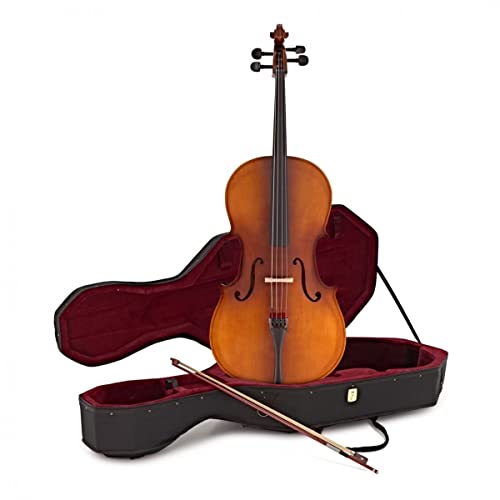The Key Differences between Cello and Viola da gamba
Their Origins
The cello and the viola da gamba have a few similarities but are also quite distinct from each other. Firstly, their origins differ greatly. The viola da gamba is one of the earliest stringed instruments, with its roots in Spain in the late 15th century. The instrument has six strings, a fretted fingerboard, and is held between the legs. Its name derives from its shape and form, as it translates to ‘viol of the leg’. The cello, on the other hand, developed in Italy in the 16th century from the bass violin, which had four strings and was held between the legs. The cello was developed to bridge the gap between high and low registers of the violin family of instruments, and it has four strings, typically played with a bow.
Their Playing Techniques
Another important difference between the two instruments is their playing techniques. The cello has a thicker and stronger bow that allows the player to generate a louder sound, and its strings are thicker too. The bowing techniques for the cello include legato, portamento, and spiccato, and they can be played in various positions with different notes. The viola da gamba, on the other hand, typically requires a lighter touch and a narrower range of techniques, with arpeggios and broken chords being the main playing styles. It is also commonly played with a short bow in comparison to the cello, and does not require a lot of strength in the arm to play chords or notes.
Their Musical Styles
The musical styles of the cello and the viola da gamba also differ considerably. The cello is renowned for its versatility, with its rich tone being suitable for a wide range of musical styles, including classical music, jazz, and pop. The viola da gamba is commonly associated with the Baroque period, where it was often used in chamber music and dance performances. However, it has been rediscovered in modern times and is still used in new compositions and arrangements, particularly in early music performances.
Their Popularity and Usage Today
While the cello is still a popular instrument, the viola da gamba is considered to be more of a niche instrument today, with a smaller following. Many musicians who play the viola da gamba are part of early music ensembles or are specialists in Baroque music. The cello, on the other hand, continues to be a sought-after instrument, with numerous soloists, orchestral players, and session musicians using it.
Their Construction and Design
Lastly, the design and construction of the two instruments also differ. The viola da gamba has a flat back, similar to an acoustic guitar, and its sound is produced by a combination of plucking and bowing the strings. The instrument is also made from softer woods, which give it a more delicate sound. The cello, on the other hand, has a rounded back and is made from denser woods that produce a richer and more resonant sound. It is also designed to amplify the sound of the bowed or plucked strings, with a shape that channels the sound towards the audience.






